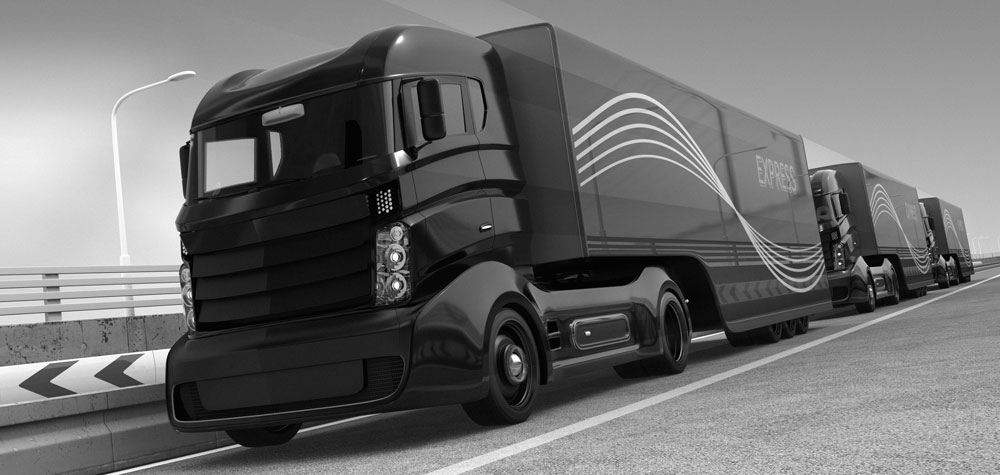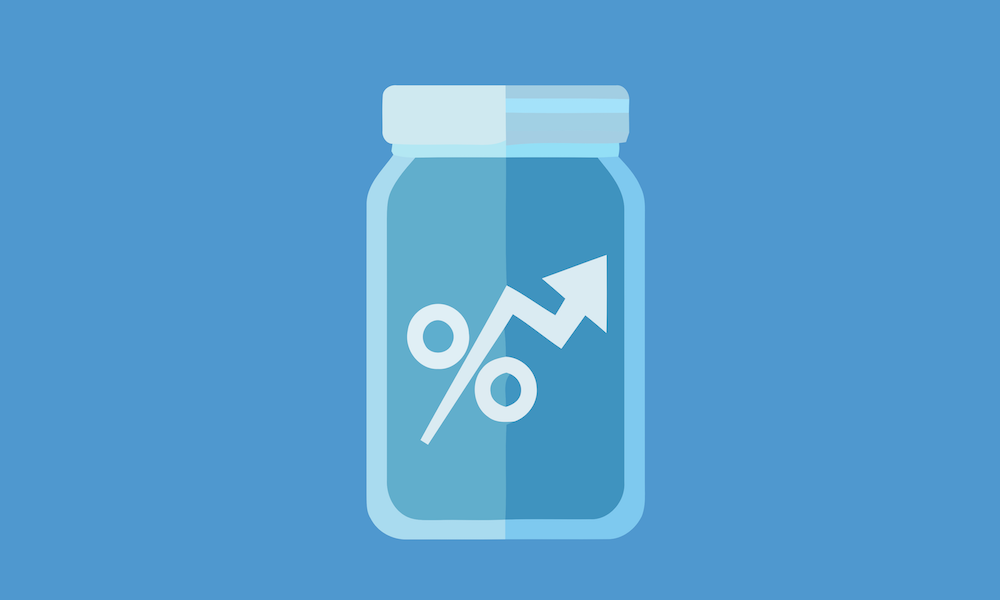by Kara Lilly, Investment Strategist, Mawer Investment Management, via The Art of Boring Blog
A few weeks ago I watched Logan, Marvel’s final installment in the Wolverine franchise. When Wolverine saves several horses from oncoming traffic on the highway, the scene is striking—not because of Wolverine’s heroics, but because the trucks look weird.
At first, I couldn’t put my finger on what made them look strange. Then I realized the trucks were cab-less; just giant, square boxes on wheels, zooming up and down the road autonomously. Clearly this was the director’s vision of what driverless trucking would one day become. But is this what the future holds?
Recently our U.S. equity team conducted research into the U.S. trucking industry. Although trucking might traditionally have been seen as a “boring” industry, there is plenty of action taking place within it. Indeed, how “stuff is moved” is an integral economic question. The ease and cost of moving goods from one place to another has a significant impact on how markets form, who trades with whom, and the accessibility of certain goods and services.
What we found interesting is how quickly seemingly “futuristic” changes may be coming to an industry that has been virtually unchanged in the last fifty years, and how technology now promises to, perhaps dramatically, makeover the trucking industry’s dynamics.
A change is gonna come
As an industry, trucking first emerged in the U.S. after World War I. This emergence occurred during the Technological Revolution of the Automobile and Mass Production, and was enabled by the development of a national highway system and the combustion engine. While we take cars and trucks for granted today, prior to this period the main methods for moving things were railroads, horse and buggy, or ships. Trucking was a game-changing improvement to transportation systems. Fast forward to today, and the U.S. trucking industry is now ~$800 billion in size.
The real competitive sweet spot for trucking is the last mile, i.e., after there is no more rail and you need to get a shipment to the customer’s door. However, trucks have also found a niche in both local and longer haul operations.
Still, there are inefficiencies in trucking. The biggest is utilization. At present, a truck spends nearly two-thirds of its day idle: its utilization rate is approximately 30%. This is a lot of time for an asset to be unproductive! The biggest reason for this downtime is that there are strict regulations for how long a driver may operate a truck (although logistics plays a role, too). And it is in the area of utilization that the latest technological forces are at work.
When we consider technology that could markedly improve utilization, there are at least two trends to pay attention to. Platooning and self-driving capabilities.
In platooning, a few trucks drive together in a train-like formation with the first in the “link” having a driver, while the second and third vehicles are equipped with automated driving technology and wireless communication. Because smart technology controls the second and third trucks, there could be substantially less space required between vehicles and their speed can adjust without the delayed reaction of a human driver. The primary benefit of platooning would be a reduction in fuel costs due to improved aerodynamics.
Platooning could improve profit margins and efficiencies. It is estimated that costs could be slashed by 10% by this implementation alone, and that this could come within the next one to three years.
The second trend is self-driving technology. This trend has both greater potential impact as well as uncertainty surrounding it.
Driverless technology has currently advanced to the point where the question is more “should we allow?” than “is it possible?” Not only are self-driving cars expected to be safer than human drivers in the future, it would appear they may be already. Beyond this, the economics of autonomous trucks appear to be attractive. Transportation experts expect operational costs could be reduced by as much as 50% through greater utilization. This would be a game-changer, allowing profitability per truck to increase dramatically, making trucks incrementally more competitive against substitute transportation methods (such as rail) and reducing the economic impact of shipping things that final mile.
How far away might self-driving trucks be? This is difficult to say, as adoption requires not only technological progress but also regulatory approval. Some believe the industry could change in five to ten years. Others are less optimistic. If it does occur, the cascading effects would be multifold:
- Labour requirements in the industry would shift significantly; automation promises to reduce (even remove) the driver role, allowing utilization to potentially double
- Industry dynamics may also shift, perhaps favouring greater consolidation
- Rival transportation methods may face higher competition
- End markets of various transportation usage would be impacted (economically, logistically)
- Cheaper trucking could also lower the cost of “on-demand” customer services (e.g., Uber Eats)
Looking forward
Although we cannot predict exactly how much of the potential technology will be adopted, it is possible to make a couple of observations. First, trucking is a useful case study to understand the mechanism by which technological change often disrupts industries – through the cost curve. In other words, technological progress by itself does not necessarily mean industry change; however, when they do dramatically shift a cost curve, major changes in profitability, business models and dynamics can occur.
Second, if these technological changes are adopted, disruption is likely to occur within the trucking industry and its related industries. These are risks/opportunities for investors to be aware of. Often in investing, we win not by picking the winners, but by simply not losing.
Third, trucking underlines the principle of technological osmosis: hungry entrepreneurs are adept at spreading technologies beyond the sector for which they were originally intended. We must therefore consider all the ways technologies can potentially impact us, as opposed to focusing solely on their initial areas (which can evolve).
Trucking is a good reminder that even traditionally static businesses may find themselves uprooted because of some of the technological trends occurring today. Automation and computing are mega trends— they have potential to disrupt across sectors. In fact, we are very likely somewhere in the middle of the next technological revolution. Like the era of the Automobile and Mass Production, or the Era of the Steam Engine, the Information and Computing Age (or whatever you want to call it) is having a far-reaching effect, creating new industries and disrupting incumbent ones. The trucking industry is but one example.
Will our highways soon look like the scene from Logan? It’s impossible to say for sure. There is always a tendency to over-hype technological trends in the short-term and underestimate the degree of the changes that are forthcoming in the medium or longer term.
One thing we might say: change may be closer in the proverbial mirror than it appears.
This post was originally published at Mawer Investment Management















